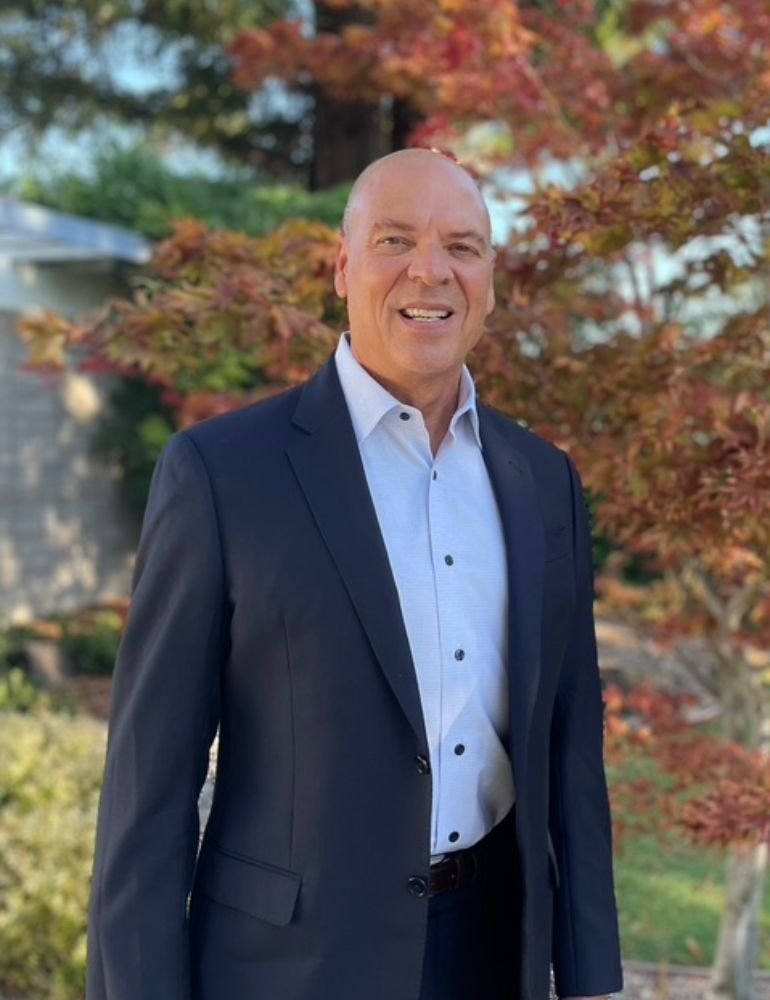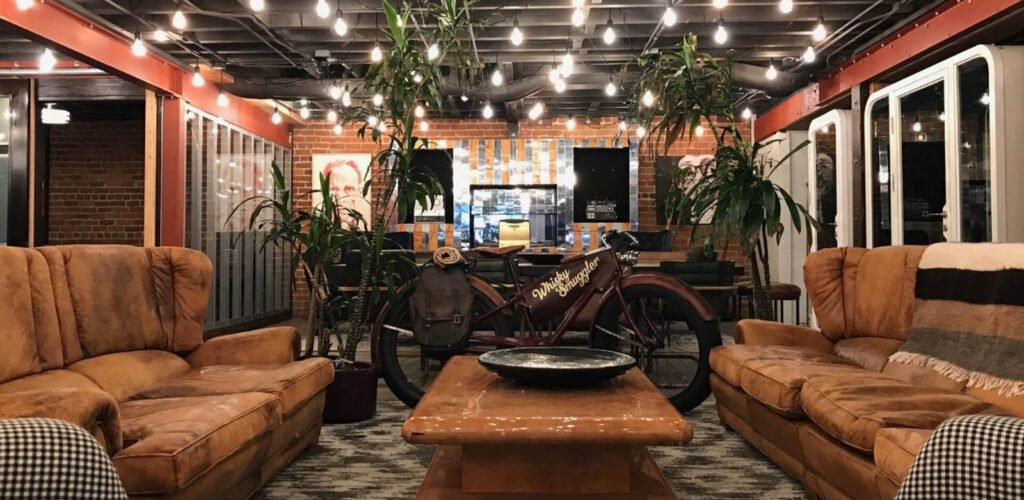Low-Income Senior Housing: Eligibility and Benefits

In an era where communities embrace inclusivity and sustainable growth, the need for affordable housing solutions for seniors has never been more pronounced. As a leading player in commercial real estate, we recognize the significance of addressing this need through thoughtful and strategic senior housing development. This blog will walk you through the world of low-income senior housing development, shedding light on the eligibility criteria, benefits, and the positive impact it brings to seniors and the community.
With the rising senior population, the demand for accessible and affordable living options has become a priority. Our commitment to shaping vibrant communities and fostering positive change aligns perfectly with low-income senior housing development goals.
The Demand for Senior Housing Development in the US
In a rapidly aging society, the need for senior housing options has reached a critical juncture. Seniors seek safe, supportive, and affordable living environments catering to their evolving needs. This demand isn’t just about providing shelter; it’s about creating spaces that foster independence, social interaction, and a sense of belonging.
It’s important to understand the larger context in which low-income senior housing developments play a pivotal role. The demographic shift towards an aging population makes it urgent to craft solutions that prioritize the well-being of seniors while addressing the challenges associated with affordability and accessibility.
The number of low-income seniors (age 65 and over) is increasing. Over 15 million older adults are considered “economically insecure,” living at or below 200% of the federal poverty level ($27,180 per year for a single person in 2022), according to the National Council on Aging.
Understanding Low-Income Senior Housing Development
Low-income senior housing development encapsulates the essence of creating inclusive communities that empower seniors to live fulfilling lives. It encompasses a spectrum of housing options, from independent communities promoting active lifestyles to assisted living facilities offering support when needed.
Beyond the bricks and mortar, low-income senior housing development revolves around a commitment to designing spaces that promote physical and emotional well-being. These developments often integrate amenities, services, and communal spaces that facilitate residents’ engagement, interaction, and a sense of belonging.
The Criteria for Successful Low-Income Senior Housing Development
Financial Feasibility
The cornerstone of any successful senior housing development is a comprehensive financial analysis. Understanding the costs, projected returns, and potential revenue streams is essential for creating a sustainable and viable project.
Zoning and Regulations
Navigating the regulatory landscape is crucial for senior housing development. Compliance with zoning regulations, permits, and local ordinances ensures the project’s legal and smooth execution.
Accessibility and Amenities
Designing for seniors requires a keen focus on accessibility and amenities that enhance their quality of life. From mobility considerations to well-designed communal spaces, these elements shape the essence of a successful development.

Benefits of Low-Income Senior Housing Development
Fulfilling a Growing Need
The impact of low-income senior housing development extends far beyond the physical structures. These developments address a pressing need within communities by providing affordable living options. They allow seniors to age gracefully in environments that respect their dignity and independence.
Contributing to Community Growth
Low-income senior housing developments are more than just residential spaces; they catalyze community growth. These developments stimulate local economies, creating job opportunities and fostering collaboration among various stakeholders. Moreover, they help bridge generational gaps, enriching the social fabric of neighborhoods.
Positioning in a Growing Market
As the senior population grows, so does the demand for suitable housing options. Low-income senior housing development positions investors and developers at the forefront of a thriving market. By catering to the evolving needs of seniors, these projects offer both long-term returns and a chance to make a meaningful difference in the lives of many.
Navigating the Development Process
#1 Market Research and Analysis
Comprehensive market research is essential before embarking on a senior housing development project. By understanding the demands, preferences, and demographics of the local senior population, developers can tailor their projects to meet specific needs.
#2 Planning and Design
Crafting successful senior housing developments involves meticulous planning and thoughtful design. Collaborating with experts specializing in senior-friendly spaces ensures the project is optimized for accessibility, safety, and overall well-being.
#3 Regulatory Approvals and Funding
Securing regulatory approvals and funding are crucial steps in the development process. Working closely with regulatory bodies and exploring funding options—whether public or private—lays the foundation for a successful project.
Shaping Inclusive Communities Through Low-Income Senior Housing Development
In an age where compassion meets innovation, low-income senior housing development stands as a beacon of hope. It encapsulates the values of compassion, community, and sustainability, creating spaces that foster connection, well-being, and dignity for seniors.
By navigating the nuanced landscape of senior housing development, we’re not just building structures but crafting communities that resonate with purpose.
Whether you’re an investor, developer, or stakeholder, your commitment to this cause can contribute to a brighter, more connected future for seniors and the neighborhoods they call home. Reach out to us, and let’s explore how you can play a pivotal role in shaping the future of low-income senior housing.
Ready to make a difference? Contact our senior housing experts now, and let’s navigate the transformative world of low-income senior housing development together.
Explore More Insights
“Senior housing is about creating communities that prioritize comfort, care, and dignity. Real estate plays a vital role in shaping this future.”





